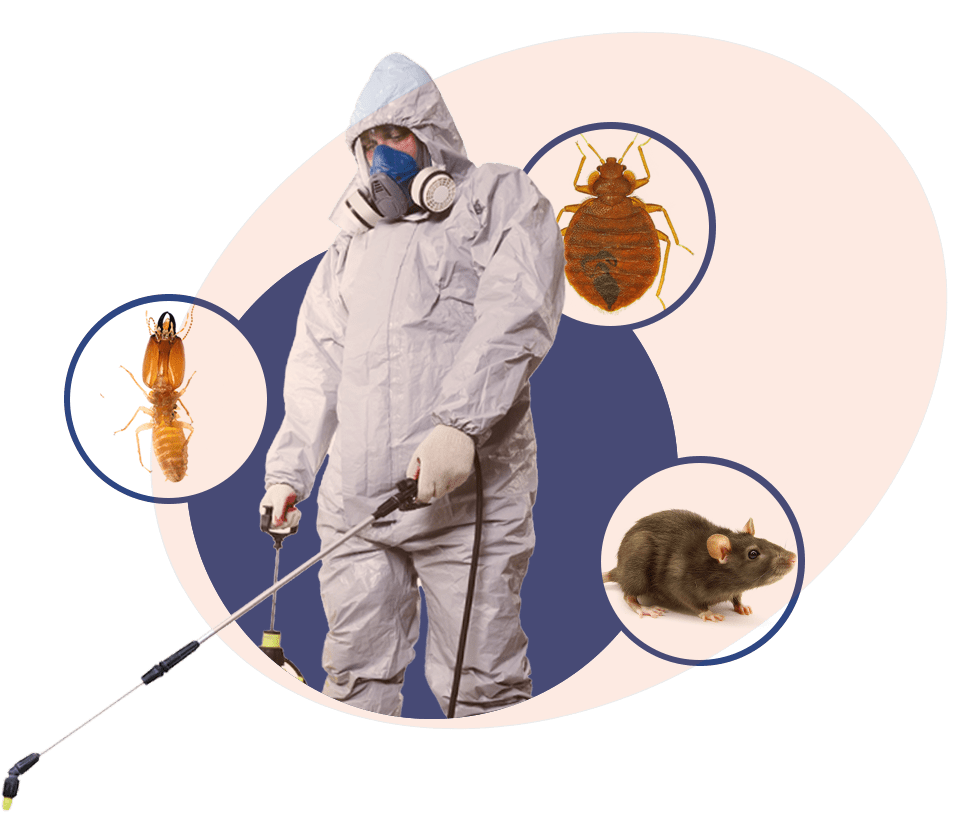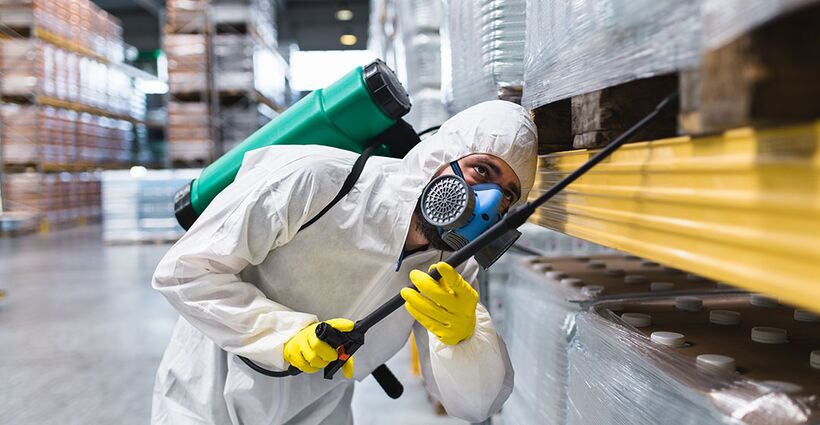Detailed Termite and Bug Solutions with Pest Control Lockhart
Detailed Termite and Bug Solutions with Pest Control Lockhart
Blog Article
Discovering Infestation and Treatment Techniques in the World of Insect Control
The landscape of insect control encompasses a myriad of difficulties, especially as invasions of typical house bugs remain to progress. Comprehending the actions and reproductive patterns of these problems is essential for establishing efficient therapy strategies. By incorporating safety nets with innovative administration methods, such as Integrated Bug Management (IPM), house owners can much better safeguard their environments. Nevertheless, the effectiveness of these approaches might differ substantially based upon particular scenarios. What underlying factors add to the success or failing of these strategies in various settings?

Typical Family Vermin
When it involves handling our home, understanding usual house parasites is vital. These pests not only disrupt our convenience yet can additionally posture health and wellness risks and damages residential or commercial property. One of the most prevalent home parasites include ants, roaches, rodents, termites, and bed insects.
Ants, frequently seen foraging in kitchens, can infect food and develop big nests. Rodents, consisting of mice and rats, can cause architectural damages and bring conditions like hantavirus and salmonella.
Identifying the indicators of these bugs, such as droppings, nests, or attack marks, is crucial for very early treatment (Pest Control Lockhart). Proper sanitation methods, securing entry points, and preserving a clutter-free setting are effective preventative measures. By recognizing these common household pests and recognizing their habits, property owners can take aggressive actions to alleviate infestations, making certain a much healthier living atmosphere
Comprehending Pest Infestations
Insect infestations can intensify promptly, turning a small nuisance into a significant problem otherwise attended to immediately. Understanding the nature of these invasions is important for effective management. Bugs can invade domestic and commercial spaces for different reasons, including the search for food, shelter, or reproducing grounds. Typical elements adding to invasions include poor sanitation, architectural susceptabilities, and seasonal changes that drive insects inside your home.
Recognizing the type of parasite is important, as different types show different behaviors and reproductive rates. Rats might develop nests in hidden areas while pests like cockroaches grow in wet atmospheres. Early detection usually pivots on identifying indicators such as droppings, gnaw marks, or unusual noises, which can show a trouble before it ends up being serious.
Cozy, damp climates can promote the fast development of bug populaces, while adjustments in landscaping or building and construction can unintentionally create helpful environments. An enlightened technique to comprehending these characteristics lays the foundation for effective pest administration techniques in the future.
Treatment Approaches and Strategies
Effective treatment methods and techniques are essential for mitigating parasite infestations and bring back a safe setting. A multifaceted approach is frequently best, including chemical, biological, and mechanical approaches customized to the certain bug and the extent of the invasion.
Chemical treatments include using insecticides this hyperlink and herbicides, which can effectively eliminate pests. Proper application and adherence to safety and security standards are important to decrease dangers to people and non-target organisms. Integrated Pest Administration (IPM) urges the cautious usage of chemicals as a last hope, relying rather on surveillance and threshold degrees to determine treatment demands.
Biological control methods include introducing natural predators or parasites to decrease parasite populaces. This technique is progressively preferred, especially in agricultural setups, as it promotes ecological sustainability.
Mechanical methods, such as catches and barriers, supply prompt remedy for parasites without introducing chemicals. Alternatives consist of sticky traps for insects or physical obstacles for rodents.
Inevitably, the selection of treatment approach need to consider the certain insect, the atmosphere, and prospective influences on human health and ecosystems. A balanced mix of these approaches can properly handle problems while promoting lasting insect control remedies.
Safety Nets for Homes
Proactively resolving pest concerns prior to they escalate is important for maintaining a healthy home setting (Pest Control Lockhart). Applying reliable safety nets can dramatically reduce the likelihood of problems, eventually safeguarding both your residential or commercial property and wellness

Correct landscape design also plays a crucial duty in avoidance. Maintaining shrubs and trees cut away from the house decreases the possibilities of insects useful site finding their means inside. In addition, ensure that drain systems are working successfully to prevent standing water, which can attract in insects and various other pests.
Last but not least, regular examinations are a good idea. Routinely examining for indications of parasite activity enables early intervention. By embracing these preventative procedures, homeowners can produce an atmosphere that is less friendly to parasites, therefore boosting their overall quality of life and decreasing the need for considerable parasite control treatments.
Business Parasite Control Approaches
A detailed strategy to commercial bug control is necessary for organizations intending to preserve a safe and hygienic setting. Efficient approaches involve a combination of normal evaluations, staff member training, and the execution of Integrated Parasite Management (IPM) methods.
Normal inspections allow early detection of pest activity, permitting prompt treatment. Organizations ought to create a routine schedule for Discover More Here these assessments, concentrating on high-risk areas such as kitchens, storage space rooms, and waste disposal sites. Staff member training is just as critical; staff must be informed on the signs of pest problems and the relevance of reporting them quickly.
Executing IPM techniques aids reduce insect concerns sustainably. This consists of environment alteration, such as sealing access factors and reducing mess, as well as using natural deterrents before turning to chemical treatments.

Moreover, working together with a qualified pest control supplier ensures access to expert knowledge and innovative treatment choices. This collaboration can lead to customized insect control prepares customized to the certain needs of the company, lessening threats and enhancing overall effectiveness. Ultimately, an aggressive and informed approach promotes a pest-free atmosphere, protecting both public wellness and company reputation.
Verdict
In final thought, reliable bug control requires a detailed understanding of usual home parasites and their habits, combined with targeted therapy methods. Implementing preventative measures together with treatment approaches such as Integrated Bug Management and biological control enhances the capacity to mitigate problems.
Report this page